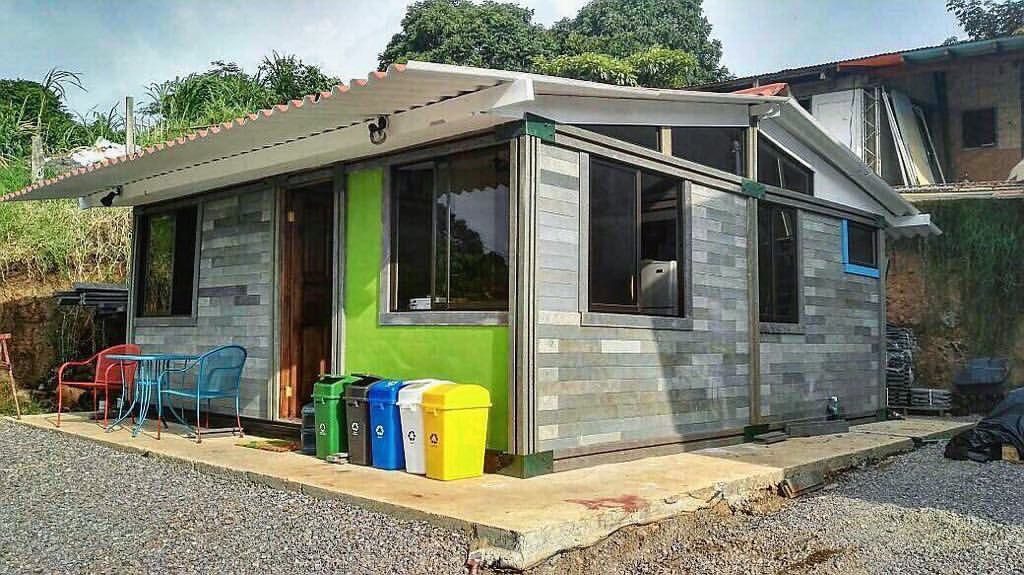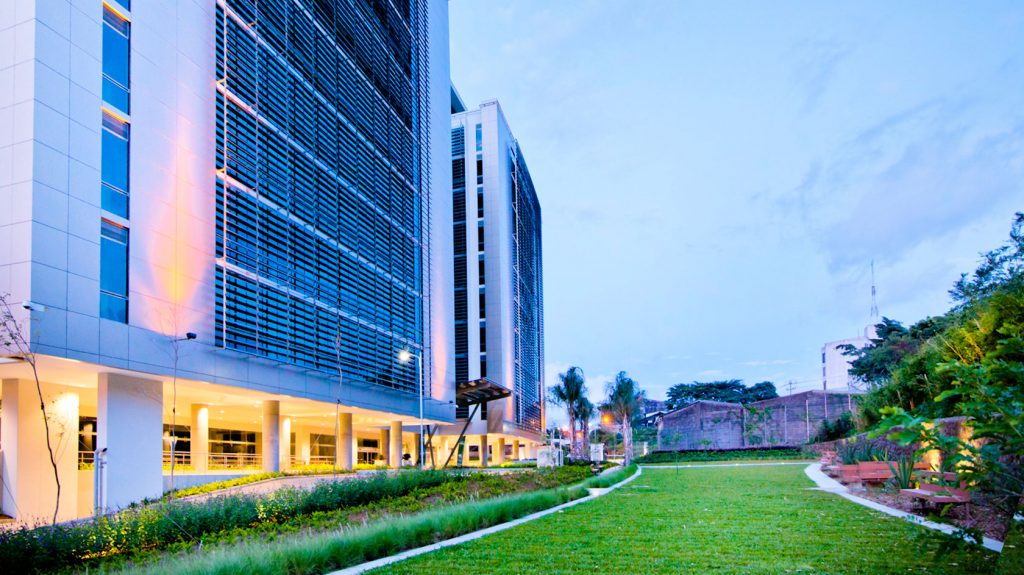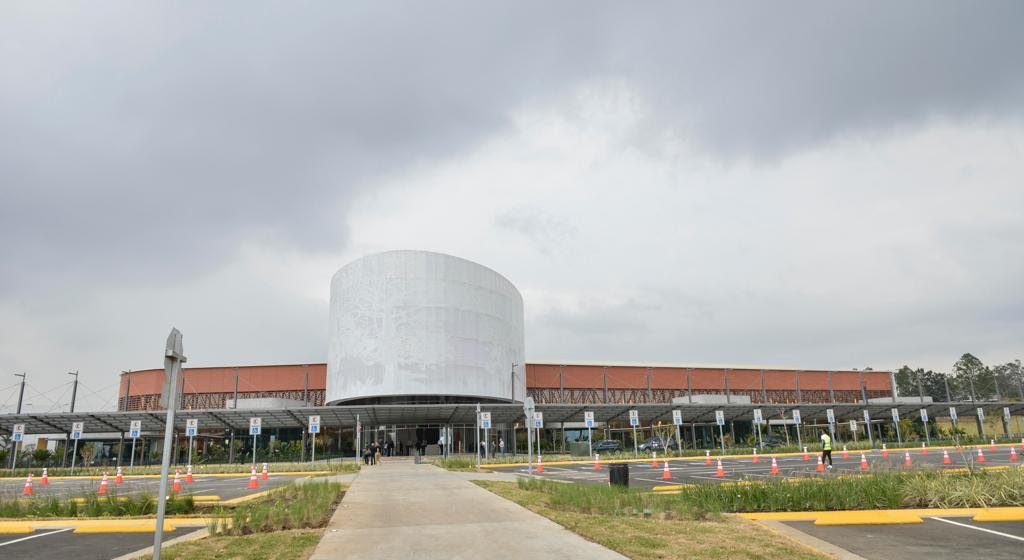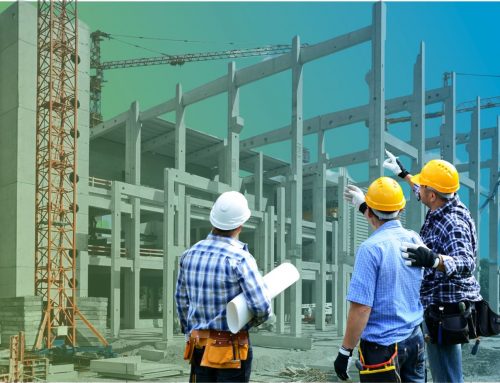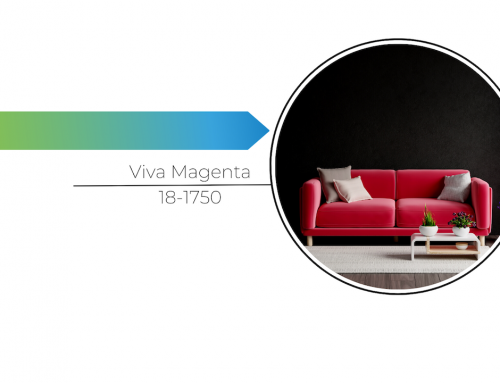Society lives in constant change and one of them is sustainable development. This trend is widely spread in our society and highly accepted. In this way the housing projects arrived, changing from the way of building with their materials and processes, to the operation of the facilities.
Currently, the sustainable quality of a project or product is a point of weight in the consumer. This has an impact on housing and office projects, in which techniques are applied to counteract the environmental impact of the building.
According to the Brundtland Report, sustainable development is defined as: “Development that meets the needs of the present without compromising the ability of future generations to meet their own” (Brundtland, G.H., 1987)
Sustainable projects have a wide range of benefits, both for the environment and for the people who inhabit them. These benefits include: reduction in energy consumption, improvements in health and protection of natural resources.
Costa Rica is recognized as a precursor in sustainable development and in the protection of its natural resources. Ecological houses are a great contribution to the environment.

Benefits
Lower energy consumption
Part of the vision of a sustainable project is to contemplate the operation or use of the facilities. As part of this, an important point to assess is the lighting and ventilation of the different rooms.
The aim is to use ventilation systems that take advantage of the direction of the outside wind to ventilate the interior, reducing energy consumption for these purposes.
On the other hand, regarding the lighting, the designer in charge of the work seeks to maximize the entries for optimal natural lighting.
Benefits for the environment
As mentioned earlier, sustainable projects have designs that reduce the energy demand of a building. In addition, they seek to build the property with materials that reduce the environmental impact; for example the use of recycled plastic in roof sheets and facades. Also, it seeks to build with materials that respect the environment, which in its manufacturing process is also sustainable.
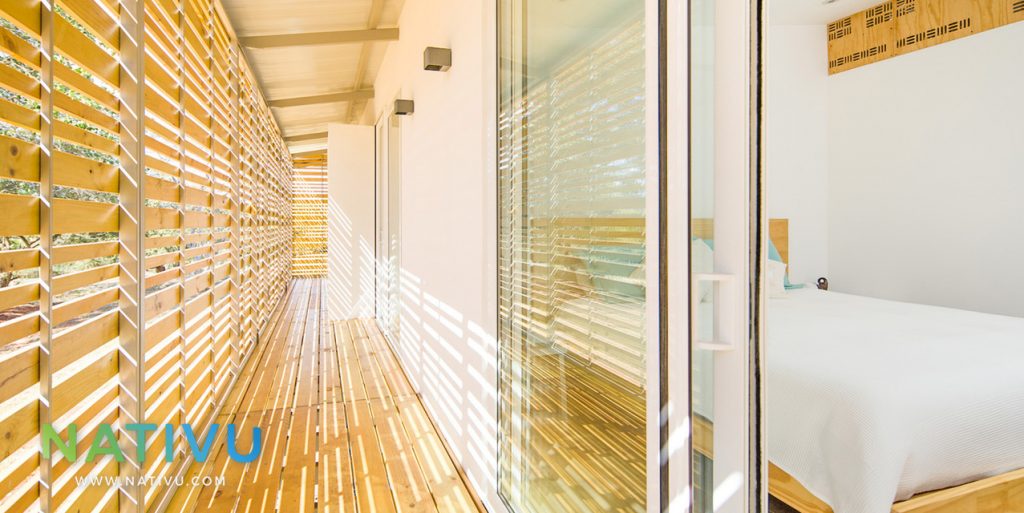
It may sound contradictory, but the use of wood is approved, just when it is planted for this purpose. Why building with wood is good for the environment? Simple, it is because in the life of the tree part of its metabolism is to absorb carbon dioxide (CO2) and use it for its development. In other words, it reduces the impact of CO2 on the environment.
Innovation
Plástic Concepts
“Conceptos plásticos” is a company that was born from the vision of the architect Oscar Andrés Méndez, who seeks to provide solutions to communities with limited resources. The project consists of recycled plastic, molded into blocks that can be inserted one over the other and thus assemble a house. With its initiative, it seeks to integrate the different communities in recycling and encourage them to discover the production capacity they can have.
Evaluation Certifications
There are several entities that regulate the quality of buildings in their construction and operational processes and then certify them as “Green Buildings”: LEED and, EDGE.
LEED Certification
LEED, which means leadership in energy and environmental design, is based on an evaluation system for different headings in which credits are added according to the level of energy efficiency and how healthy the environment of the different rooms is. LEED is characterized by having different evaluation processes according to the type of building.
EDGE Certification
Excellence in design for better efficiencies or EDGE for its acronym, is a member of the World Bank Group. EDGE seeks to promote the construction of ecological buildings easy, efficient and affordable. It has an analysis software that facilitates the identification of more economical construction methods for the development of the construction process.
What better way to help the environment, than making a decision with the purpose of reducing the impact generated by the construction.




